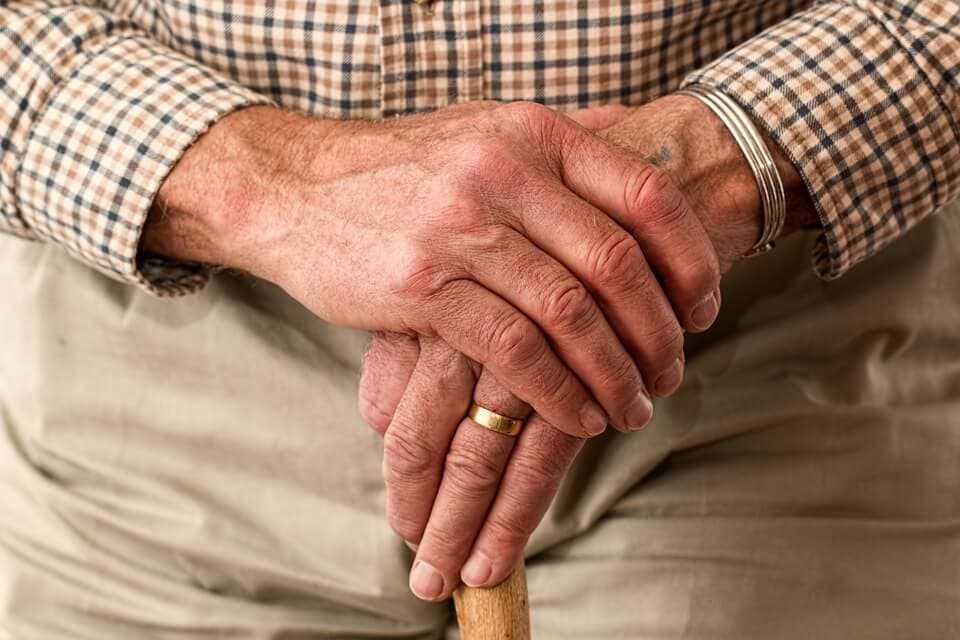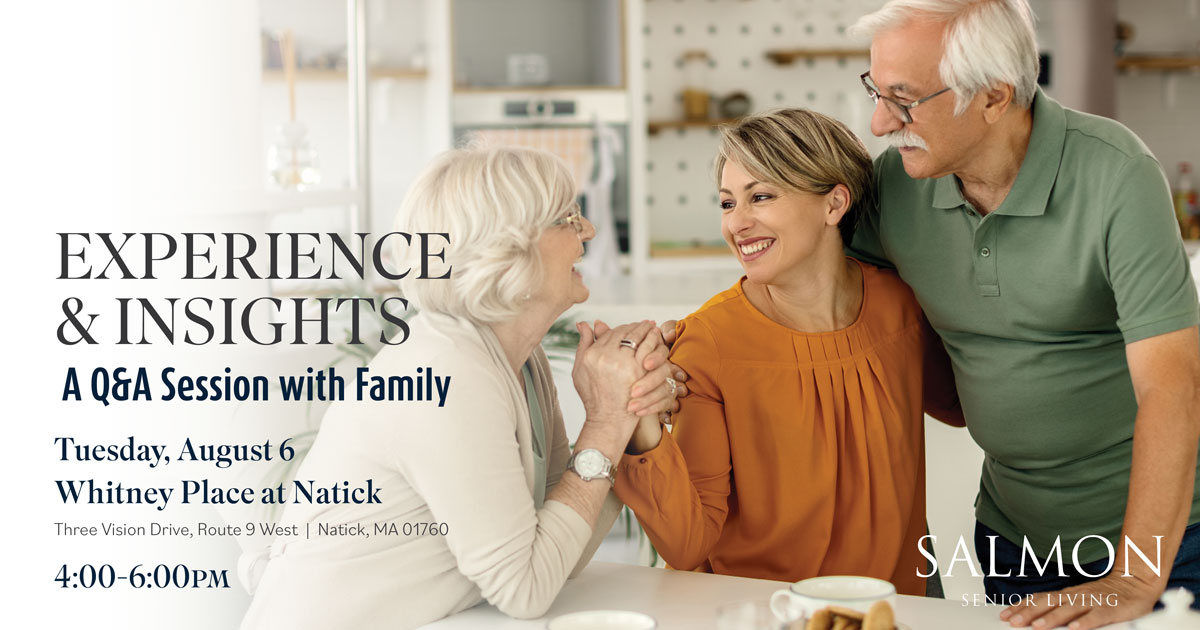According to the Centers for Disease Control and Prevention (CDC), more than 795,000 people in the United States suffer from a stroke each year; about 25 percent occur in people who have had a previous stroke. Stroke risk increases with age, but strokes can happen at any age.
The CDC also emphasizes the importance of early action; people who arrive at the hospital within three hours of their first symptoms often experience less disability three months after a stroke than those who received delayed care.
Learn more about the signs and symptoms of stroke below to take proactive measures if necessary.
10 Signs of Stroke
1. Numbness
An individual may feel sudden numbness in the face or lose feeling in the hands, feet, arms, legs or other extremities. This numbness can also feel like a tingling sensation. It is also common for a stroke to cause numbness on one side of the body, while the other side remains fully functional.
When observing someone experiencing numbness, one may notice them constantly touching, massaging or shaking the numb areas.
2. Confusion
An individual may be unable to understand what is happening or lose their ability to think clearly.
When observing someone experiencing such confusion, one may notice a puzzled look on their face, that they are having a hard time focusing or are having difficulty making decisions.
3. Difficulty Understanding
Although similar to confusion, an individual may have a more difficult time comprehending speech, language or numbers.
When observing someone experiencing difficulty understanding, one may notice them wrinkling their eyebrows, shaking their head, “no,” talking less, or feeling unsteady.
4. Severe Headache
An individual may experience a sudden, severe headache in the head, scalp or neck. This usually happens without any known cause and to people who have no personal history of headaches.
When observing someone with a severe headache, one may notice them touching their head or rubbing their temples often and that they have a sensitivity to light.
5. Loss of Balance
An individual may experience difficulty standing, walking or moving at all.
When observing someone experiencing loss of balance and coordination, it may appear as though they are tripping over nothing or have suddenly become very clumsy. Also, the person may wobble around and hold onto stationary objects to stay upright.
6. Loss of Coordination
An individual experiencing loss of coordination will experience symptoms similar to a loss of balance; they will have difficulty standing, walking or moving at all.
Again, when observing someone, it may appear as though they have suddenly become clumsy or even under the influence of alcohol.
7. Dizziness
An individual may feel faint, lightheaded or like the room is spinning.
When observing someone experiencing dizziness, the person may have unsteady movement or hold their head.
8. Vision Changes
An individual may have blurred vision or trouble with eyesight in one or both eyes.
When observing someone who is experiencing vision changes, the person may squint or rub their eyes often and may be unable to read.
9. Trouble Speaking
An individual may be unable to speak, have slurred or incoherent speech or use words incorrectly.
When observing someone who is having trouble speaking, one may not be able to understand the other person’s sentences or may encounter difficulty having a conversation with them.
10. Weakness
An individual may experience a lack of strength in the face, arm or leg.
When observing someone who is experiencing this type of weakness, one may notice their face seems as though it is drooping, that the person may want to consistently sit or lay down and that they often have difficulty doing simple tasks.
Stroke Symptom Test
If you’re unsure whether the symptoms you’ve observed are signs of a stroke, there are a few tests to conduct. The American Stroke Association uses the acronym “F.A.S.T” and Stroke Awareness uses the acronym “B.E. F.A.S.T” to help remember the tests:
B: Balance Lost
Ask the person to stand or walk a few steps. If they are having difficulty doing either, they may be having a stroke.
E: Eyesight Loss
Ask the person to read a clock near them, a word or a sentence. If they are unable to, they are experiencing eyesight loss and possible stroke.
F: Face Drooping
Ask the person to smile. If one side of their face seems to droop or feels numb, they may be having a stroke.
A: Arm Weakness
Ask the person to raise both arms over their head. If they have trouble due to muscle weakness or one arm seems to droop, these are strong signs of a stroke.
S: Speech Difficulty
Ask the person to repeat a simple sentence, such as their name or comment on the weather. They may have trouble repeating or remembering the words; speech may be slurred and nonsensical.
T: Time to Call 911
If the person has trouble completing any of these tests or is experiencing any of these symptoms or other unusual signs, it is time to call 911. It’s always best to err on the side of caution, even if it is not certain a person is having a stroke. Strokes can have lasting negative effects, and immediate medical care is necessary.
Preventing Stroke
According to the CDC, the best way to avoid stroke is by making healthy lifestyle choices. This includes:
1. Healthy Diet
Try to eat plenty of fruits and vegetables and foods low in saturated fats, trans fat and cholesterol. Learn more about healthy foods and brain-healthy recipes.
2. Healthy Weight
A person can consult their physician to determine if they are maintaining a healthy weight. Being at an unhealthy weight increases risk of stroke.
3. Physical Activity
Physical activity not only helps people maintain healthy weights and lower cholesterol and blood pressure levels but is also beneficial for the brain. It is recommended that older adults participate in physical activity anywhere from 30 minutes to two hours each day. Learn more about different activities here.
4. No Smoking
Cigarette smoking greatly increases the risk of having a stroke.
5. Limited Alcohol
Too much alcohol can raise blood pressure and increase the risk of having a stroke. Try to limit drinks to one-two per day.
If a person may be experiencing a stroke, do not hesitate to call emergency services.
For older adults who have experienced a stroke, there are many care plans and services available to help with any resulting difficulties. To learn more about how SALMON Health and Retirement can assist, click here.




